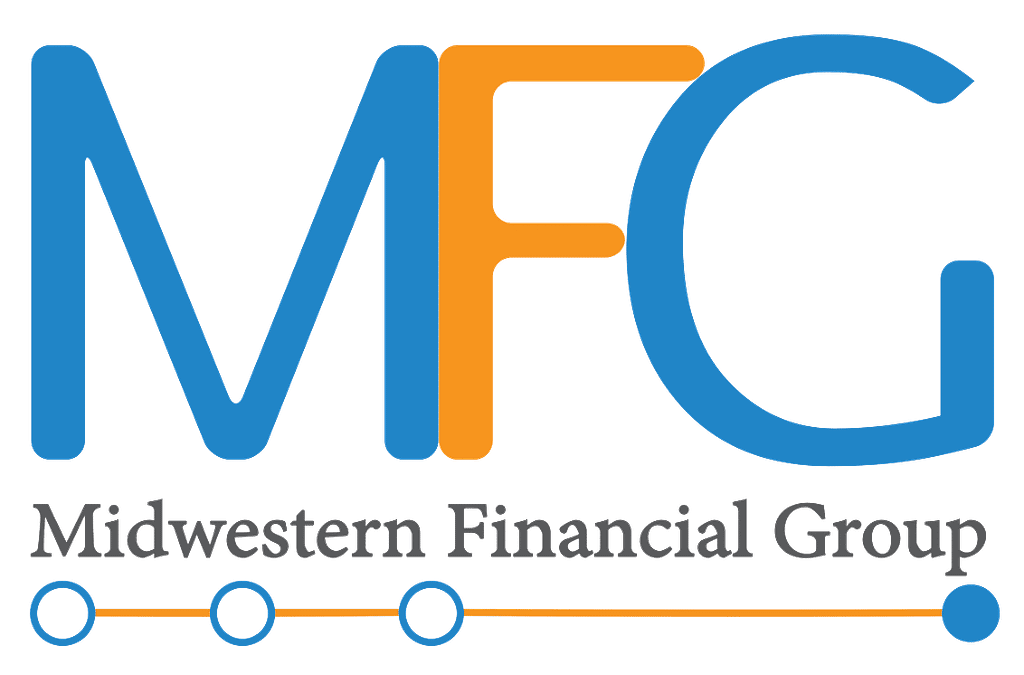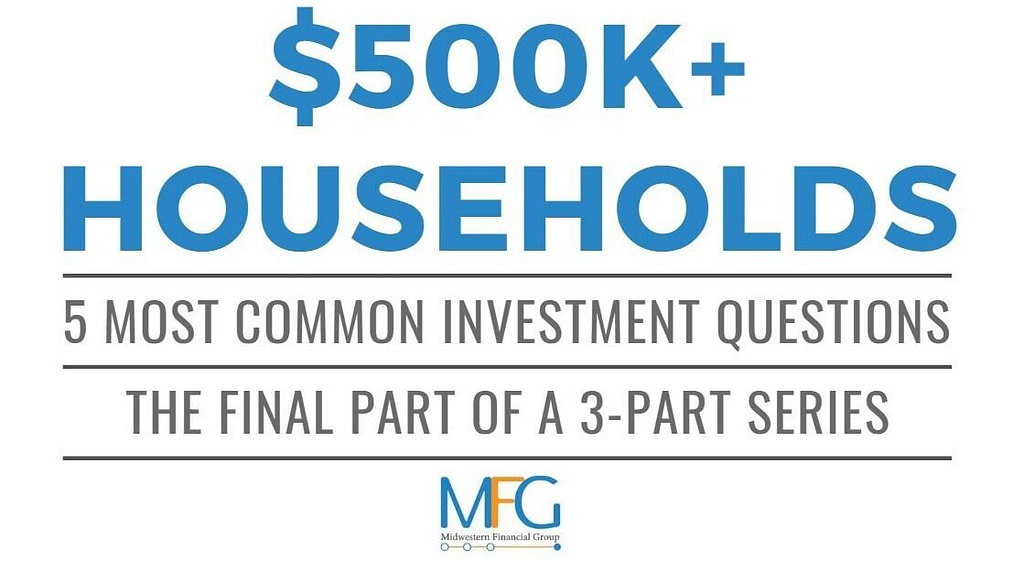This is part 2 of a 3-part series on financial advice for households at different income levels. Make sure you don’t miss our advice for <$200k, $200k-$500k, and $500k+ households by signing up for our newsletter.
In this article, we’ll walk through the five most common questions we get asked by clients with annual household incomes between $200k-$500k. This is a large range of incomes, and covers a range of careers, but these 5 planning items are common to this subset of earners.
Shift of Focus as Income Grows Faster Than Expenses
Households and individuals who fall between $200,000 and $500,000 income commonly do not start their earnings career in this range. During the start of their career, these households typically recognize lower incomes and expenses such as student loan payments and daycare. In this stage, many of our clients established monetary habits and their expenses do not rise at the same rate as their incomes. Although lifestyle creep is a risk, our clients often maintain a similar lifestyle they had during their lower income earning years.
Given the gap between their lifestyle costs and current incomes, households with incomes in the range of $200k-$500k often build on their financial goals. Planning conversations are no longer dominated by retirement and college planning. Instead of predominately discussing Roth IRAs, 529s and employer-sponsored plans, our conversations include after-tax returns, pre-tax savings, excess cash and leaving a legacy.
With the gap between income and expenses in mind, here are 5 planning items each household with income between $200k and $500k should take care of:
1. PRE-TAX SAVINGS
There are two tax rates to be aware of: effective and marginal. The effective rate is the percentage of income actually paid to the IRS. This the lower of the two. The marginal tax rate is the tax rate of the next dollar earned. Here is a breakdown for a $350,000 earning household.

Given the higher marginal tax bracket, households with incomes between $200k-$500k are often better allocating their employer-sponsored retirement savings pre-tax rather than after-tax (Roth 401k). If one of the spouses in the $350,000 income household above maxes out their 401k with pre-tax deductions, their taxable income is reduced by $19,500 and the Federal tax savings is $6,240. If this household lives in Iowa, add another 8.53% in tax savings.
2. BACK-DOOR ROTH IRA
Roth IRAs are amazing (Four Reasons to Invest in Your Roth IRA). They provide flexibility to financial planning through tax-free growth, tax-free distributions and they avoid Required Minimum Distributions. However, married households with incomes over $208,000 are prohibited from making regular Roth IRA contributions.
Luckily, Americans with incomes above $208,000 can contribute to Roth IRAs using a “back-door” Roth IRA strategy. Before contributions move into the Roth IRA, the couple first make non-deductible IRA contributions. These contributions are then converted into Roth IRAs. This strategy can be complicated by other IRA assets such as Rollover or Traditional IRA accounts by the same account holder. Thus, it is important to anticipate “back-door” Roth IRA needs years before it is needed.
Although many employers offer Roth (post-tax) 401k contributions, given the discussion above about the benefits of pre-tax savings, it is often better to stick with pre-tax savings for the 401k and make sure you take advantage of the ‘back-door’ Roth IRA. Assuming the latter is available without no or very little tax consequence.
3. LIQUID BROKERAGE SAVINGS
If a household is going to suffer from lifestyle creep, the evidence is often clear by their late 20s/early 30s. By now lifestyle expectations are salified and instead of spending incremental income, households that avoid lifestyle creep begin to accumulate excess cash. Many households with incomes over $200,000 are already contributing to IRAs, 529s and employer-sponsored plans, so cash builds up in their checking or savings, earning very little interest in today’s environment.
For these households, the next step to set up automatic contributions to a brokerage account. A brokerage account is a taxable investment account, and the monies can be invested in stocks, bonds, ETF’s, or mutual funds. Furthermore, brokerage accounts assets can be readily available should they desire to access it for liquidity or other needs. Often these monies are invested more conservatively than retirement assets because if liquidity is needed in an emergency, these are the first funds accessed after traditional checking and savings accounts.
At MFG, we are cognizant of after-tax returns and income generation. These clients are higher income, thus, any dividends and interest generated in the account will be taxed at their marginal tax rate. Allocating to Municipal bonds are often appropriate for these accounts. Other circumstances are considered, of course.
In addition, investments that are sold can incur short or long-term capital gains taxes. Short-term gains are taxed at ordinary income tax rates and household (married-filling-jointly) with incomes between $200,000 and $500,000 will pay 15% long-term capital gains rates. Additionally, a net investment income tax of 3.8 percent may apply. Tax-loss harvesting is an additional planning strategy that can be used with brokerage savings.
4. DEBT PAYDOWN
“We have this extra money. We’re filling up all our investment buckets. Why don’t we pay down our mortgage faster?”
Before taking this action, talk with an advisor.
Debt is emotional and for many families it makes sense to pay down debt rather than invest extra cash because of the emotional relief. In these cases, we present the other side, investing the money instead of paying down the mortgage, but ultimately the client needs to feel comfortable with their family’s balance sheet.
And each family’s balance sheet is optimized differently. Some want to maximize their financial outcomes. They want to invest cash with the opportunity to earn more than the cost of debt and keep normal payments on their mortgage. Others grew up in households with large debt burdens which created stress on their families and their emotional need to pay down debt is greater than the long-term financial upside they would have from investing the cash.
Both strategies are fine!
Our job is to educate, present the figures and let them ultimately decide what is appropriate for their household.
5. BASIC ESTATE PLANNING NEEDS
Estate planning becomes more complicated in the next income threshold ($500k+) because of the possibly of estate taxes and business interests. But there are estate planning lay-ups for families in the $200k-$500k bracket.
First, we want all our clients to have adequate life insurance coverage. Families have debt, goals such as paying for children’s college, and taking care of a spouse in the event a tragic event occurs. Luckily, if acquired early, clients in their 30s and 40s can secure term life insurance relatively cheaply. There are a few cases where whole life insurance can make sense, but these are rare and be skeptical first of any salesperson pushing these products for your family.
Lastly, families in this income bracket often have assets beyond retirement accounts. Retirement accounts automatically transfer to beneficiaries listed on the account (even override beneficiaries listed in a Will). For assets beyond retirement accounts, individuals and couples should work with an attorney to ensure the appropriate transfer of their assets at death. For couples with young children, establishing a Will will often include necessary discussions surrounding the well-being, including financial, of their children if something were to happen to both parents.
Neither of these estate planning tasks are fun, but they are often necessary and a prudent risk-mitigation measure.
SUMMARY
For most families with rising incomes, the growth rate of their expenses is much lower than their topline. As a result, savings capacities increase, and wealth can quickly accumulate. Early in this transition, it is critical to consider taxes, debt levels and the appropriate way to build assets for new or evolving goals.
Luckily, MFG is here to help guide these families.



